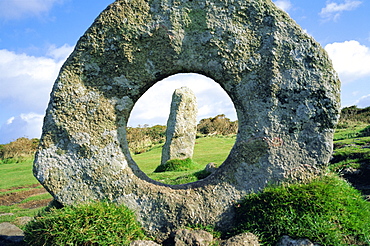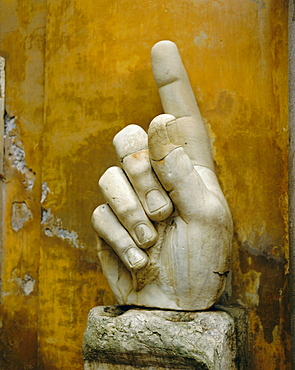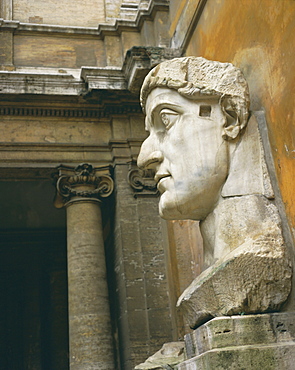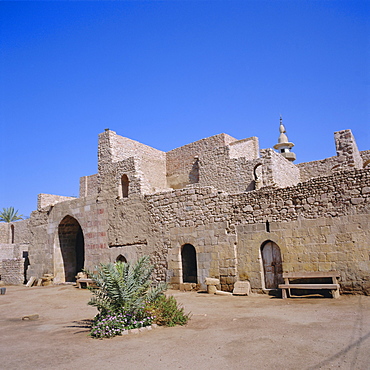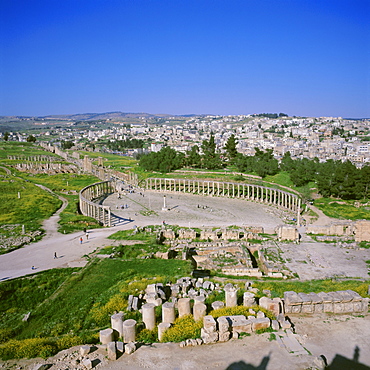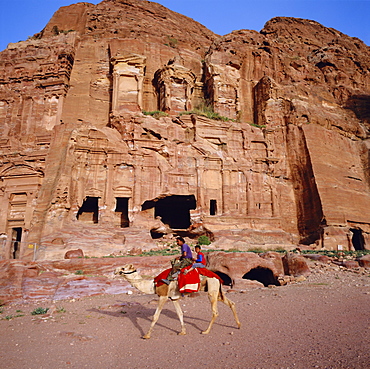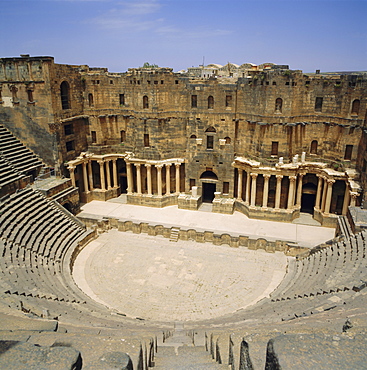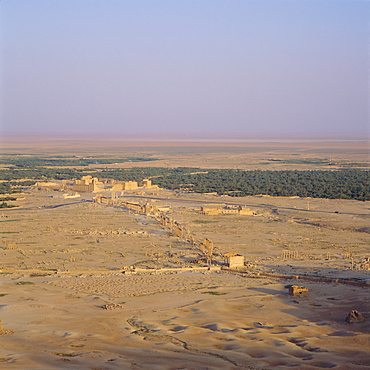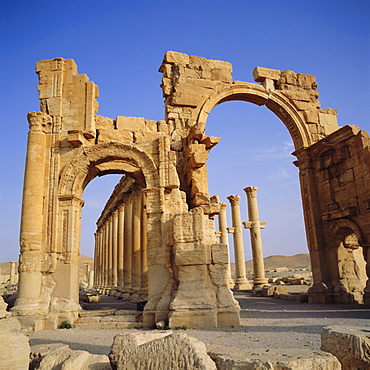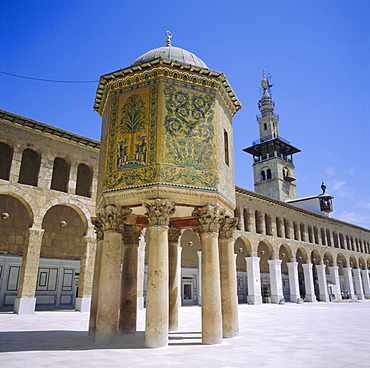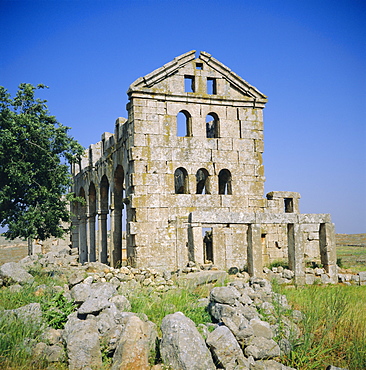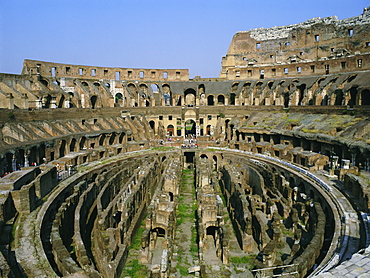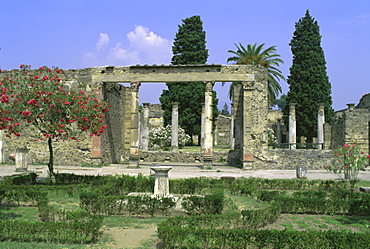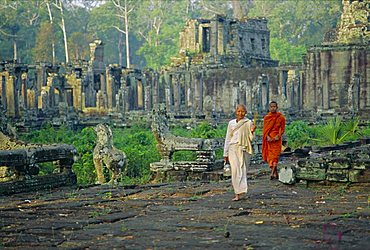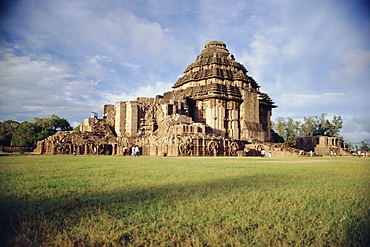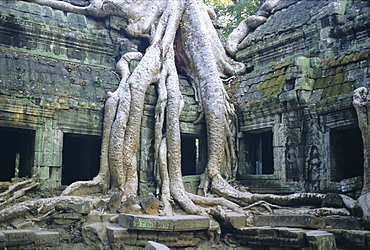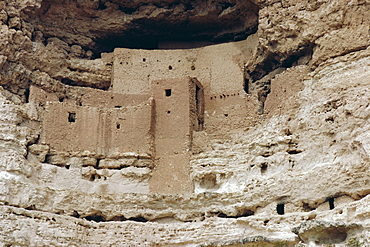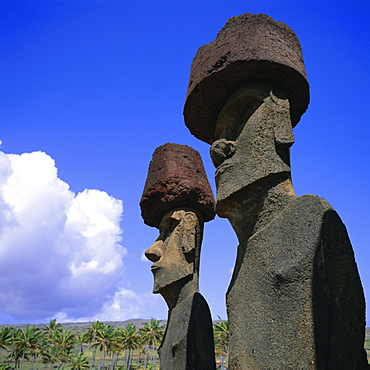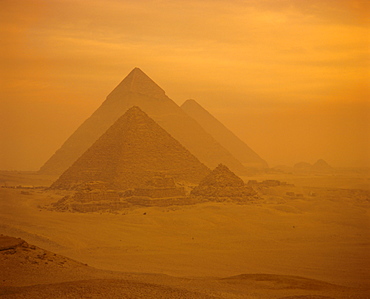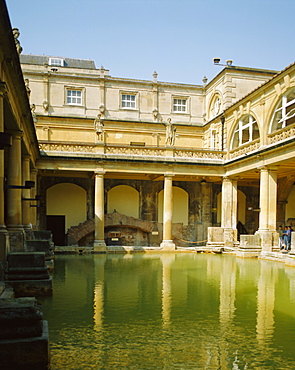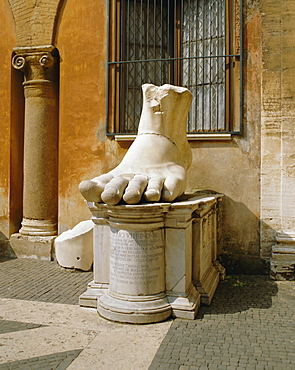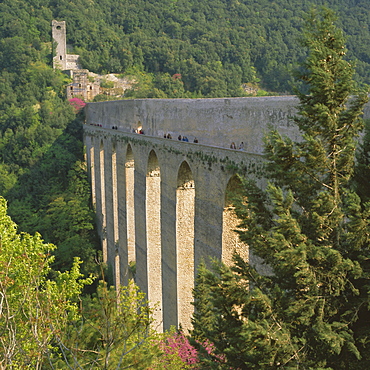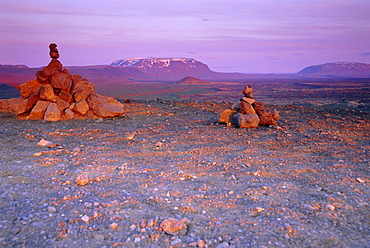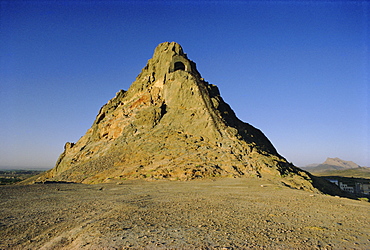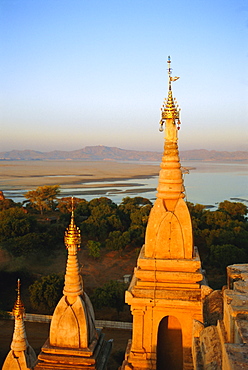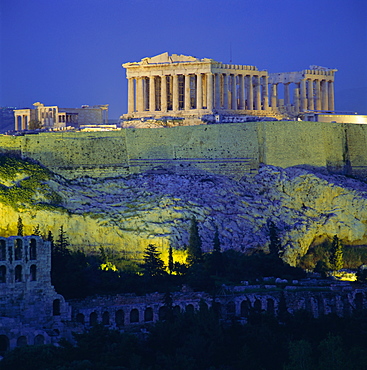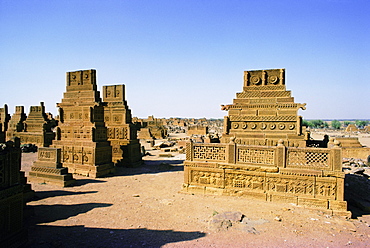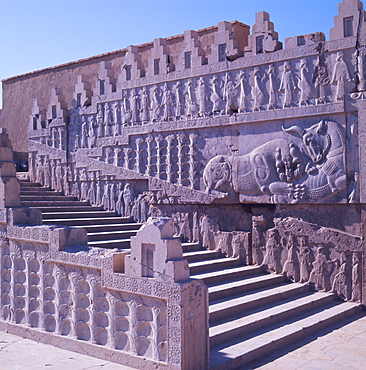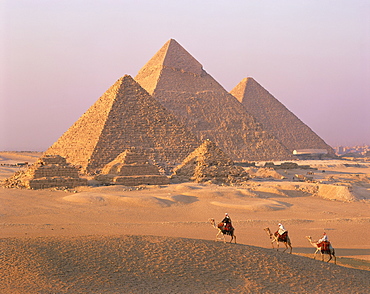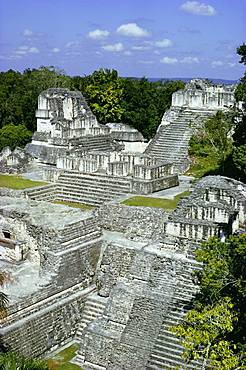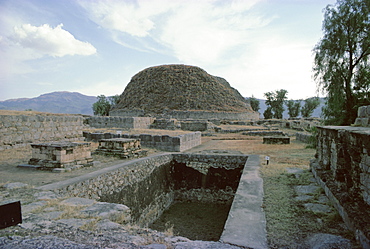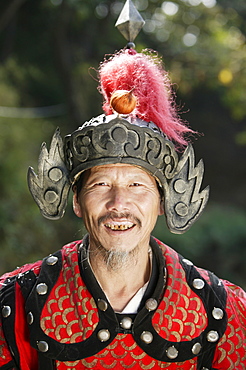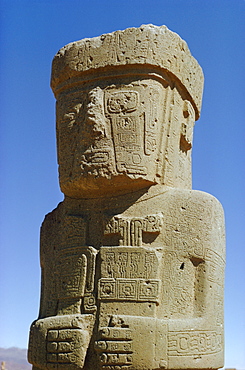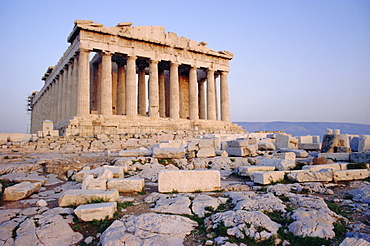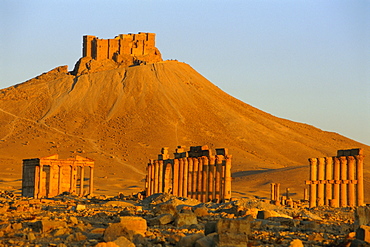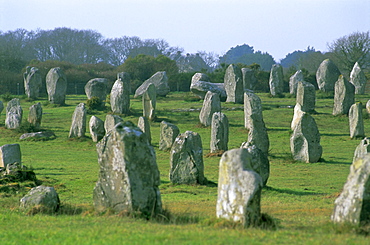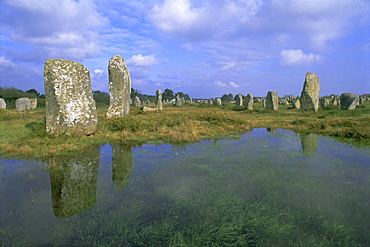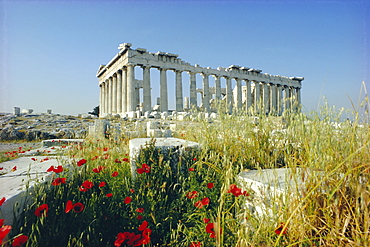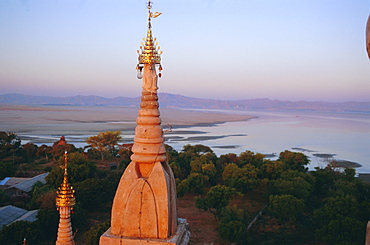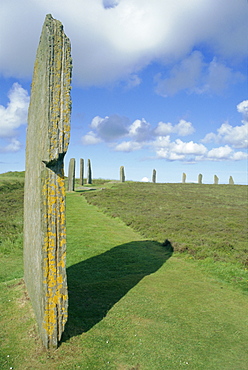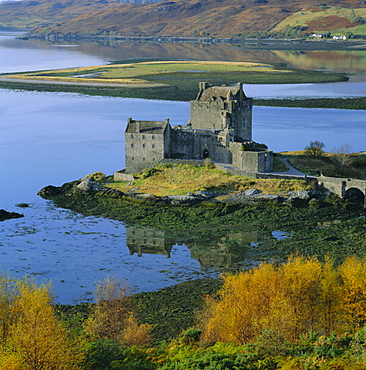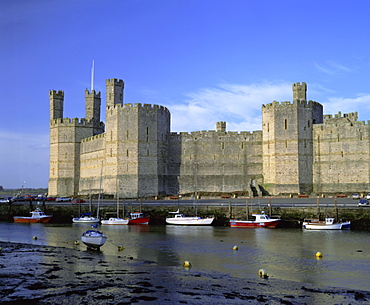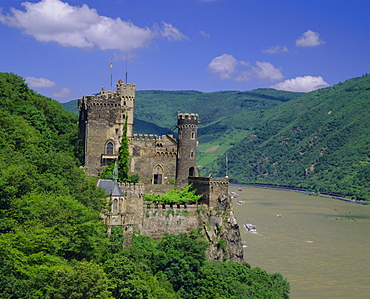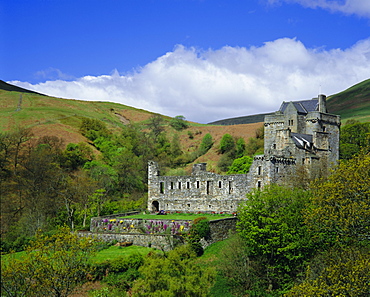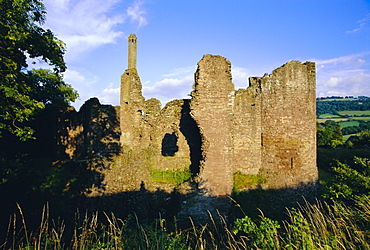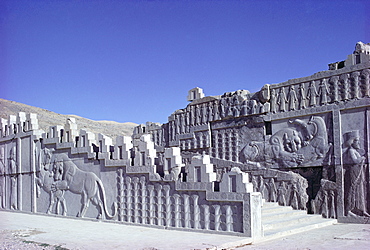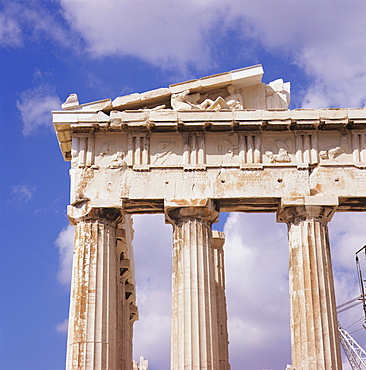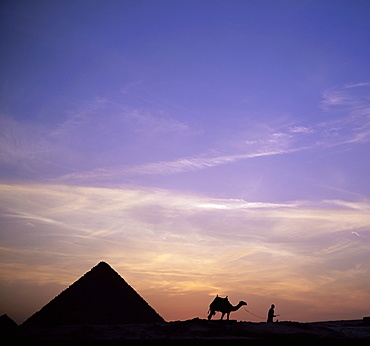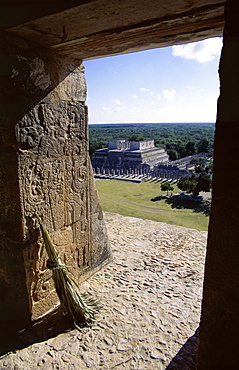Results
« Previous 1 2 3 4 5 … 84 Next »
8389 results found
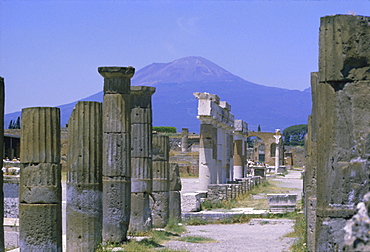
Mount Vesuvius seen from the ruins of Pompeii, buried in the ash flow of the eruption of AD 79, Columbus basalt lava marble and brick, Pompeii, UNESCO World Heritage site, Campania, Italy, Europe
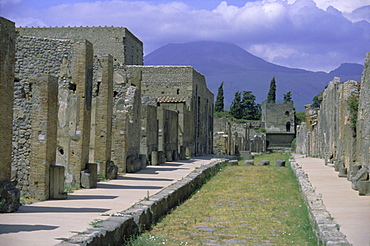
Restored buildings in Roman town buried in AD 79 by ash flows from Mount Vesuvius, in the background, Pompeii, UNESCO World Heritage site, Campania, Italy, Europe
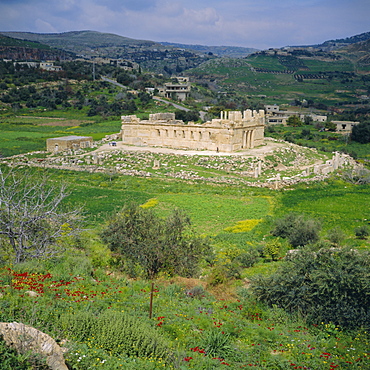
Qasr al-Abd (Fortress of the Servant), 3rd century BD Hellenistic palace west of Aman in Wadi as-Sir, Iraq al-Amir, Jordan, Middle East
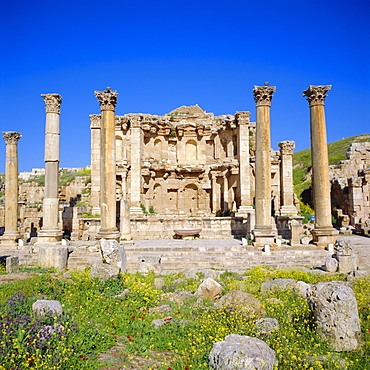
Nymphaeum (public fountain), 2nd century AD, of the Roman Decapolis city, Jerash, Jordan, Middle East

Temple of Artemis and North Theatre, 1st and 2nd centuries AD, of the Roman Decapolis city, Jerash, Jordan, Middle East
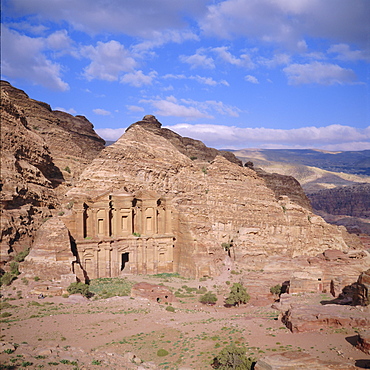
Monastery (ad-Deir), 3rd century BC, Petra, Jordan, Middle East"The largest Nabatean facade in Petra, 48m high, 47m wide"
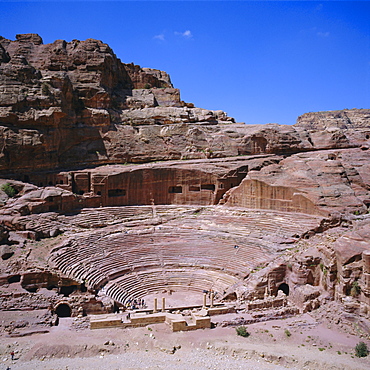
Main theatre, 1st century AD, carved into the solid rock, hellenistic style, Petra, Jordan, Middle East
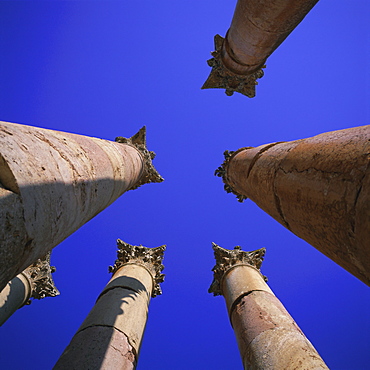
Peristyle of 13m tall columns, Temple of Artemis, 1st century AD city of the Roman Decapolis, Jerash, Jordan, Middle East
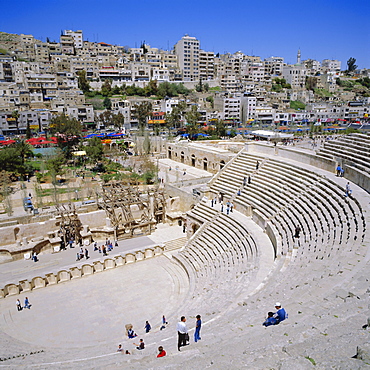
Roman Theatre, Amman, Jordan, Middle East"Completed in 177 AD under Marcus Aurelius it is the largest Roman theatre in Jordan with seating for 6,000"
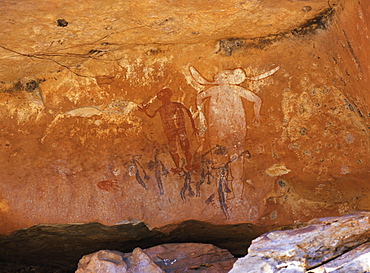
Aboriginal painted figures of varied periods, over-painted, near King Edward River, Kulumburu Road, Kimberley, Western Australia, Australia
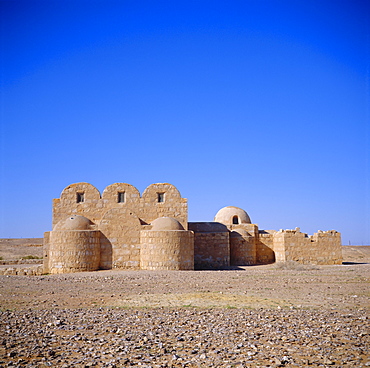
Qusayr Amra, Umayyad bath complex, Jordan, Middle EastBuilt in the desert by Caliph Walid I, 700-715, contains well preserved period frescos
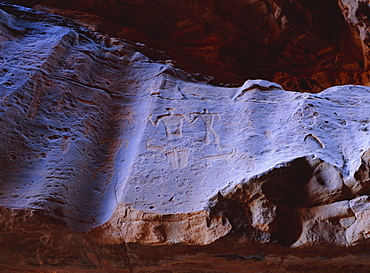
Rock drawings of Thamudic origin, relating to ancient tribe of Thamud, 3rd century BC to 2nd century AD, in canyon of Jebel Khazali, south of Rum village, Wadi Rum, Jordan
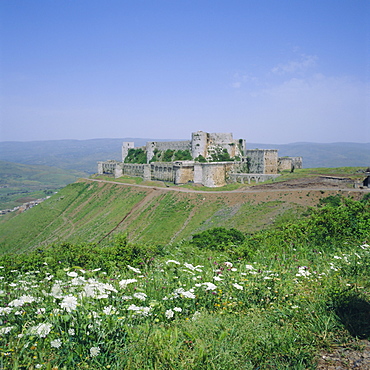
Crac des Chevaliers, Crusader castle, 1150-1250, built by the Knights Hospitaller, Syria, Middle East

Stela in front of the Sphinx, Giza, UNESCO World Heritage Site, near Cairo, Egypt, North Africa, Africa
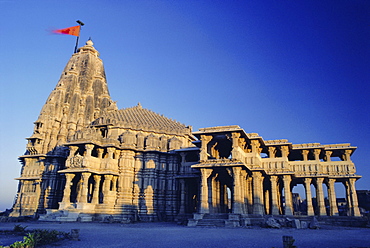
Hindu temple of Somnath, one of the twelve most sacred Siva temples, Somnath, Gujarat State, India, Asia
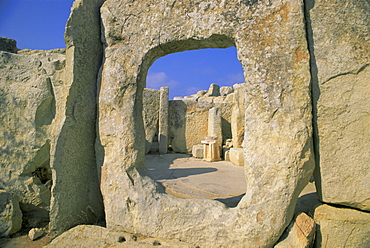
Megallithic temple dating from c. 3000 B.C., Hajar Qim (Hagar Qim), near Zurrieq, UNESCO World Heritage Site, Malta, Europe
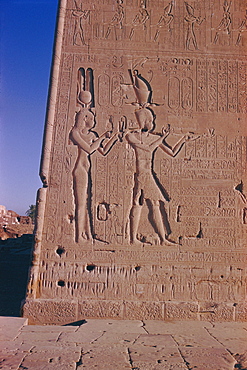
Ptolemy XVI son of Julius Ceasar, with his mother Cleopatra, in presence of deities, reliefs on the south facade, late Plotemaic temple of Hathor, Dendera, Egypt, North Africa, Africa
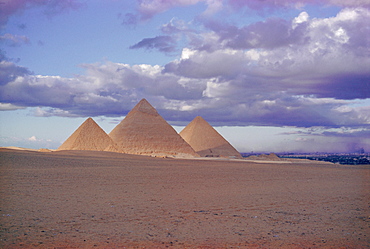
Pyramid of Menkewre (left), pyramid of Chephren (centre), pyramid of Cheops (right), Giza, Egypt, North Africa, Africa
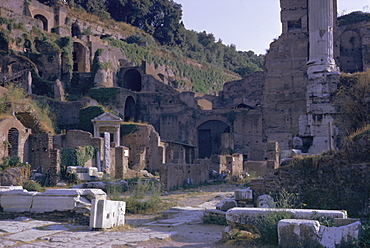
Ruins of Pompeii, destroyed in volcanic eruption of AD 79, Pompeii, UNESCO World Heritage site, Campania, Italy, Europe
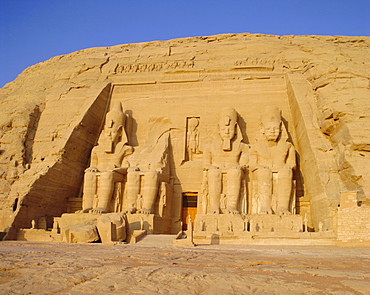
Rock cut Temple of Ramesses II (Rameses the Great) (Ramses the Great), Abu Simbel, UNESCO World Heritage Site, Nubia, Egypt, North Africa, Africa
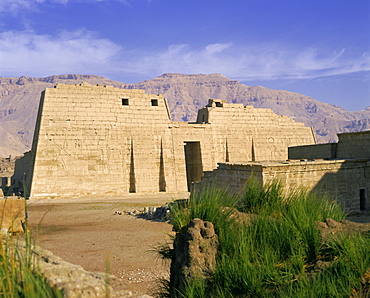
Temple of Ramesses III (Rameses III), Valley of the Kings, Thebes, UNESCO World Heritage Site, Egypt, North Africa, Africa
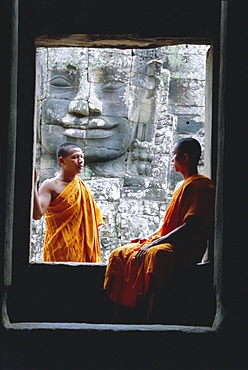
Buddhist monks at the Bayon temple, Angkor, UNESCO World Heritage Site, Siem Reap, Cambodia, Indochina, Asia

Buddhist monks at Angkor Wat, Angkor, UNESCO World Heritage Site, Siem Reap, Cambodia, Indochina, Asia
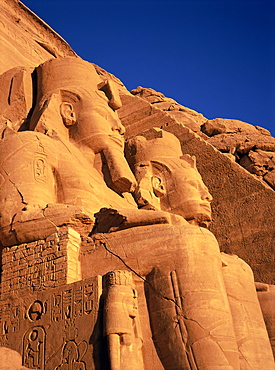
Large carved seated statues of the pharaoh, Temple of Rameses II (Ramasses II) (Ramses the Great), Abu Simbel, UNESCO World Heritage Site, Nubia, Egypt, North Africa, Africa

Murals at Teotihuacan, site dating from 150AD to 600AD and later used by the Aztecs, UNESCO World Heritage Site, north of Mexico City, Mexico, North America
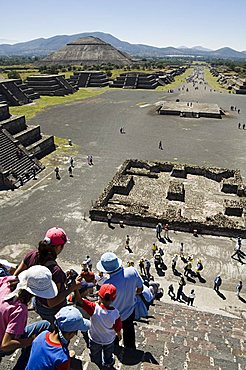
Tourists decending from the Pyramid of the Moon, Teotihuacan, 150AD to 600AD and later used by the Aztecs, UNESCO World Heritage Site, north of Mexico City, Mexico, North America
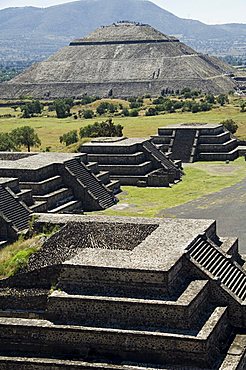
View from Pyramid of the Moon of the Avenue of the Dead and the Pyramid of the Sun in background, Teotihuacan, 150AD to 600AD and later used by the Aztecs, UNESCO World Heritage Site, north of Mexico City, Mexico, North America
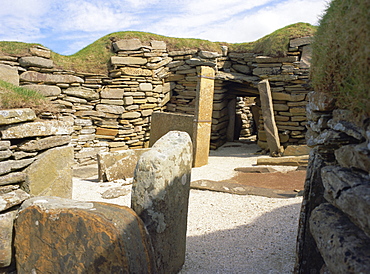
Skara Brae, settlement dating from 3100 to 2500 BC, UNESCO World Heritage Site, Orkney Islands, Scotland, UK, Europe
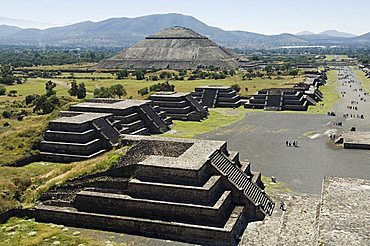
View from Pyramid of the Moon of the Avenue of the Dead and the Pyramid of the Sun in background, Teotihuacan, 150AD to 600AD and later used by the Aztecs, UNESCO World Heritage Site, north of Mexico City, Mexico, North America
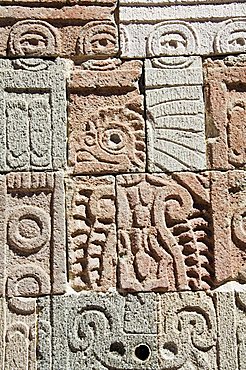
Columns depicting the Quetzal Bird, Palace of the Quetzal Butterfly, Teotihuacan, 150AD to 600AD and later used by the Aztecs, UNESCO World Heritage Site, north of Mexico City, Mexico, North America

Columns depicting the quetzal bird, Palace of the Quetzal Butterfly, Teotihuacan, 150AD to 600AD and later used by the Aztecs, UNESCO World Heritage Site, north of Mexico City, Mexico, North America
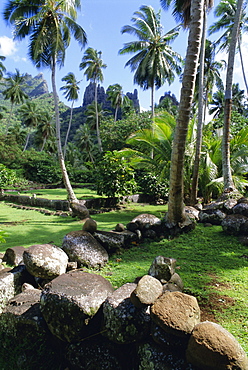
Maori site of Tohua Hikokua, Hatiheu Bay, Nuku Hiva Island, Marquesas Islands archipelago, French Polynesia, South Pacific Islands, Pacific
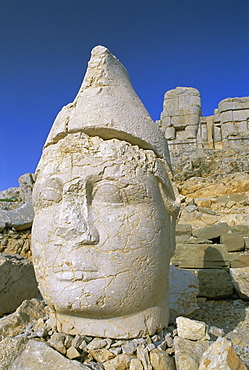
Ancient carved heads of gods on summit of Mount Nemrut, Nemrut Dagi (Nemrut Dag), UNESCO World Heritage Site, Anatolia, Turkey, Asia Minor, Asia
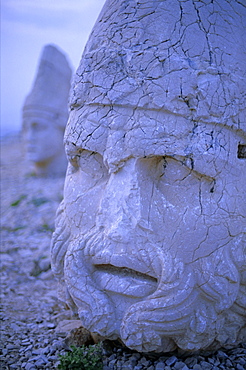
Ancient carved heads of gods on summit of Mount Nemrut, Nemrut Dagi (Nemrut Dag), UNESCO World Heritage Site, Anatolia, Turkey, Asia Minor, Asia

Panoramic view of the town of Uchisar with its old houses and ancient cave dwellings in the volcanic tufa, Cappadocia, Anatolia, Turkey, Asia Minor, Asia

Panoramic view of ancient cave dwellings in the volcanic tufa formations, Uchisar, Cappadocia, Anatolia, Turkey, Asia Minor, Asia

Panoramic view of tufa formations near the town of Uchisar, Cappadocia, Anatolia, Turkey, Asia Minor, Asia
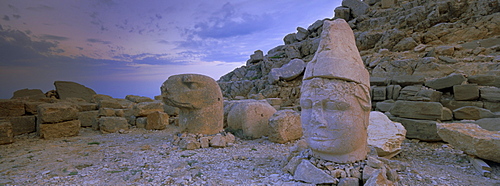
Ancient carved stone heads, Nemrut Dagi (Nemrut Dag), on summit of Mount Nemrut, UNESCO World Heritage Site, Cappadocia, Anatolia, Turkey, Asia Minor, Asia
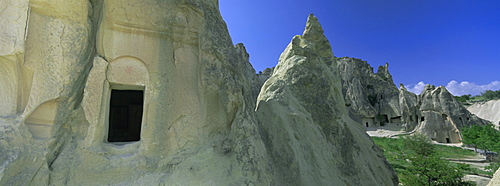
Ancient cave dwellings in the tufa formations at Goreme Open Air Museum, Goreme, UNESCO World Heritage Site, Cappadocia, Anatolia, Turkey, Asia Minor, Asia
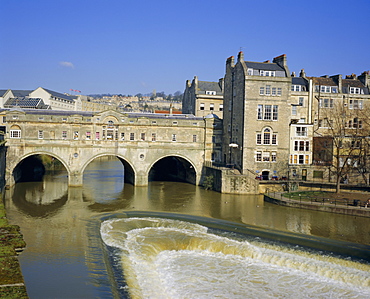
Pulteney Bridge over the River Avon and weir, Bath, UNESCO World Heritage Site, Avon, England, UK, Europe

Doolin Tower, Doonagore Catle and South Sound, County Clare (Co. Clare), Munster, Republic of Ireland (Eire), Europe
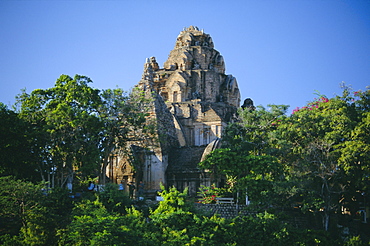
Cham Towers of Po Nagar, built between 7th and 12th centuries by the Cai River, Nha Trang, Vietnam, Indochina, Southeast Asia, Asia
